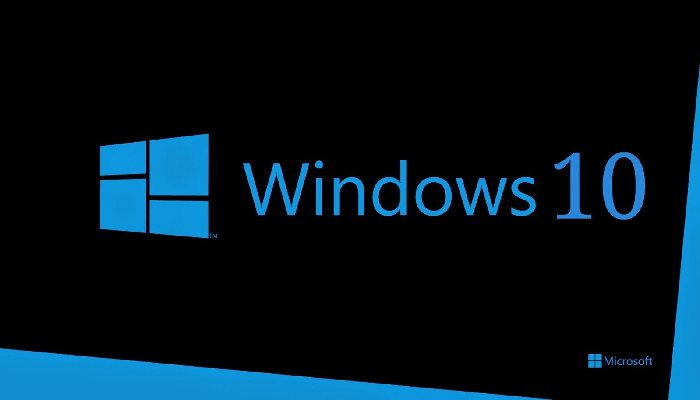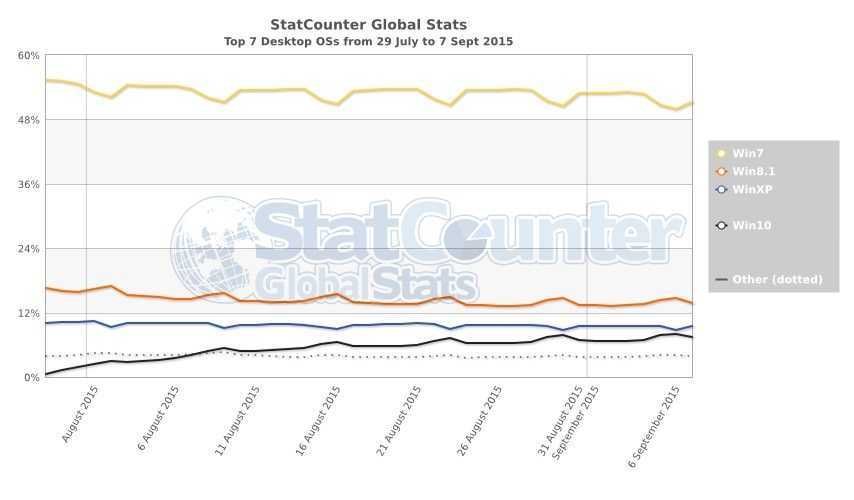Windows 10 was officially released in 29 July, and Microsoft has since been encouraging Windows 7, 8, and 8.1 users to upgrade their systems in a number of ways.
So it's no surprise that this version of the operating system has had one of the highest rates of public adoption in the last decade. Some even report that they still work better and from Windows 7 within the first 30 days of their release on the market.
Microsoft has stated that to date there are over 75 million computers that have installed Windows 10, and this number is expected to reach 100 million by the end of the month.
But as you can see in the data published by StatCounter for the first 40 days of Windows 10 availability, that is between July 29 and September 7, the performance of the new operating system is full of ups and downs and looks very similar to that of Windows 7 and Windows 8.1.
What do data mean? There are some users moving from Windows 7 and Windows 8.1 to 10 because they just wanted to try out the new operating system, and then decided to come back.
Windows 10 installations peaked on September 6, when the operating system hit 8,09 percent of its share market, before falling the very next day to 7,42%. On the same day, Windows 7 hit its biggest drop in years at 49,93 percent, but hit 51,33 percent on September 7.
Windows XP was the only operating system version that has a steady performance, although the chart also shows some ups and downs. But the ancient operating system still has a market share that is still above 9%.






